How do Swiss arms end up in conflict zones?
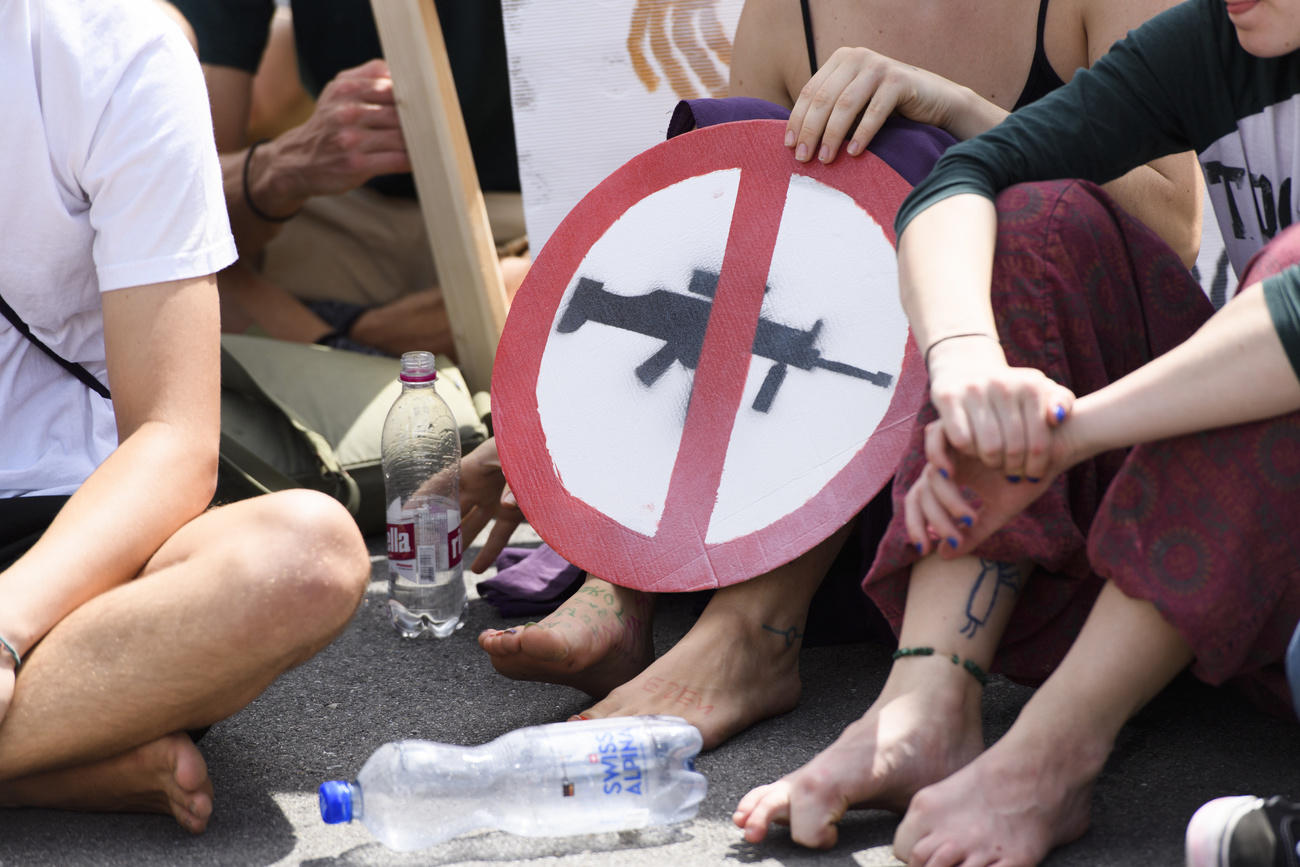
Swiss weapons have been found in war-torn Yemen and have been used by Saudi Arabia in the Yemen conflict, according to recent media reports. How is it possible that such arms find their way from neutral Switzerland, a country that likes to underline its humanitarian tradition and respect for human rights?
Swiss companies in 2018 exported government-approved war materiel worth CHF510 million ($510 million) to 64 countries, according to the economics ministryExternal link. This represented only 0.17% of total exports, but the arms industry is traditionally important to Switzerland, which is not a member of the European Union or NATO, and maintains compulsory military service.
Switzerland is ranked 13th in the world for exports of major conventional weapons in 2018 by the Stockholm International Peace Research InstituteExternal link (SIPRI).
So, what are the rules?
Swiss arms exports are regulated by the War Materiel ActExternal link (WMA) and its related War MaterielExternal link Ordinance (WMO). The main aims of the Act include “the fulfilment of Switzerland’s international obligations and the respect of its foreign policy principles” and “maintaining an industrial capacity in Switzerland that is adapted to the requirements of its national defence”. This reflects a delicate and controversial balancing act.
The WMO requires firms to obtain a licence from the State Secretariat for Economic Affairs (SECO) for all exports of war materiel. Licence applications are reviewed by other ministries, notably the foreign ministry, depending on the case. The foreign ministry saysExternal link its reviews are “to ensure that Switzerland fulfils its international obligations, applies its foreign policy principles, and complies with international law”. If there is disagreement between ministries, SECO submits the case to the Swiss government, which has the final say.
Article 5 of the WMO states that an export licence should not be granted if: the country of destination is involved in an internal or international armed conflict; if it violates human rights in a “systematic and serious manner”; if there is a risk that the exported weapons will be used against the civilian population; or if there is a “high risk that the exported weapons will be passed on to an undesirable end recipient”.
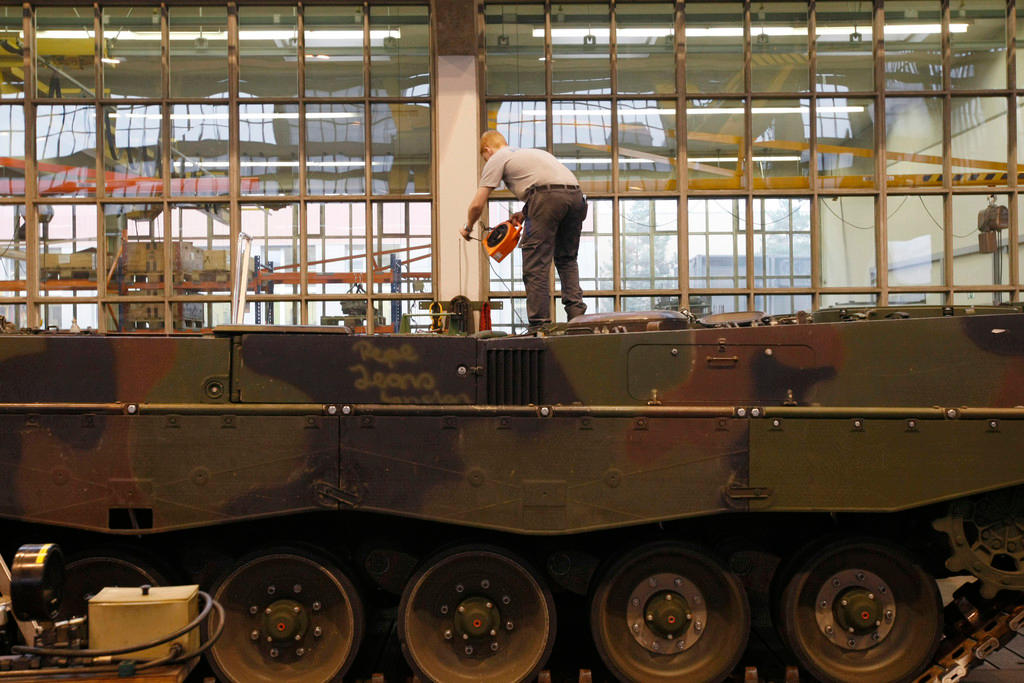
More
Switzerland exports more weapons to conflict nations
Not clear cut
However, the Federal Council softened the rules in late 2014, notably introducing an exception for the second point on human rights violators, under which “a licence may be granted if there is a low risk that the exported war materiel will be used to commit serious violations of human rights”. Interpretation of Article 5 also remains a subject of debate.
SECO has the power to conduct on-site checks at Swiss war materiel manufacturers and inspections of purchasers abroad (post-shipment verifications). But a reportExternal link by the Federal Audit Office (FAO), covering 2016, found that regulations for exporting weapons are easy to exploit and the Swiss authorities approve almost all export requests for war materiel.
In its report, an unredacted version of which was leaked to the press, the FAO gave examples of so-called “alternative export opportunities”, such as tanks that ended up in Qatar, and pistol parts that made their way to Saudi Arabia after passing through the United States. Companies can also sidestep stricter scrutiny by arguing that armaments are designated for civilian use.
Where have Swiss weapons ended up?
The top three importers of Swiss arms in 2018 were Germany, Denmark and the US, according to SECOExternal link. Authorized arms exports also went to countries such as Pakistan, Israel and Middle Eastern countries involved in the Yemen war, including Saudi Arabia and the United Arab Emirates. Indeed, there is concern that Swiss arms exports to countries involved in internal or external conflicts are increasing. There are also reports that Swiss weapons have been finding their way to countries such as Syria, Libya and Yemen, although this is banned.
Saudi Arabia, a key partner for Switzerland in the Middle East is a particularly controversial case. When it launched a nine-country coalition to intervene in the Yemen war in 2015, Switzerland stopped its arms exports to Riyadh, but the moratorium was partially lifted in 2016, even though Saudi Arabia was still involved in the Yemen war. The Swiss authorities make an exception for spare parts for air defence systems, which Saudi Arabia has already procured from Switzerland from the 1980s onwards. A temporary ban was imposed last year after the murder of Saudi journalist Jamal Kashoggi, but it was lifted again in July.
A recent report in the Tages-AnzeigerExternal link newspaper says Saudi Arabia used anti-aircraft guns from Switzerland to try and protect its key Abqaiq oilfield from a drone attack by Yemeni Houthi rebels in September 2019. The report cites reliable sources, including satellite images. Some argue that this was legitimate defence, since the arms were used on Saudi territory, not in Yemen.
Public pressure
Swiss arms exports have been falling in recent years from a peak of CHF873.7 million in 2011, according to SECO. Companies say tight rules have put them at a disadvantage compared with other European countries, and they have been lobbying for softer regulations. But a government decision in 2018 to ease restrictions on weapons sales to countries in conflict sparked opposition from the centre-left and civil society, and it was eventually forced to backtrack.
Campaigners have also gathered enough signatures to force a popular vote on an initiative that would tighten the rules. They want arms exports to be properly regulated and enshrined in the constitution. Given the Swiss system which allows for consultation and counter-proposals, a vote is not expected before 2021.
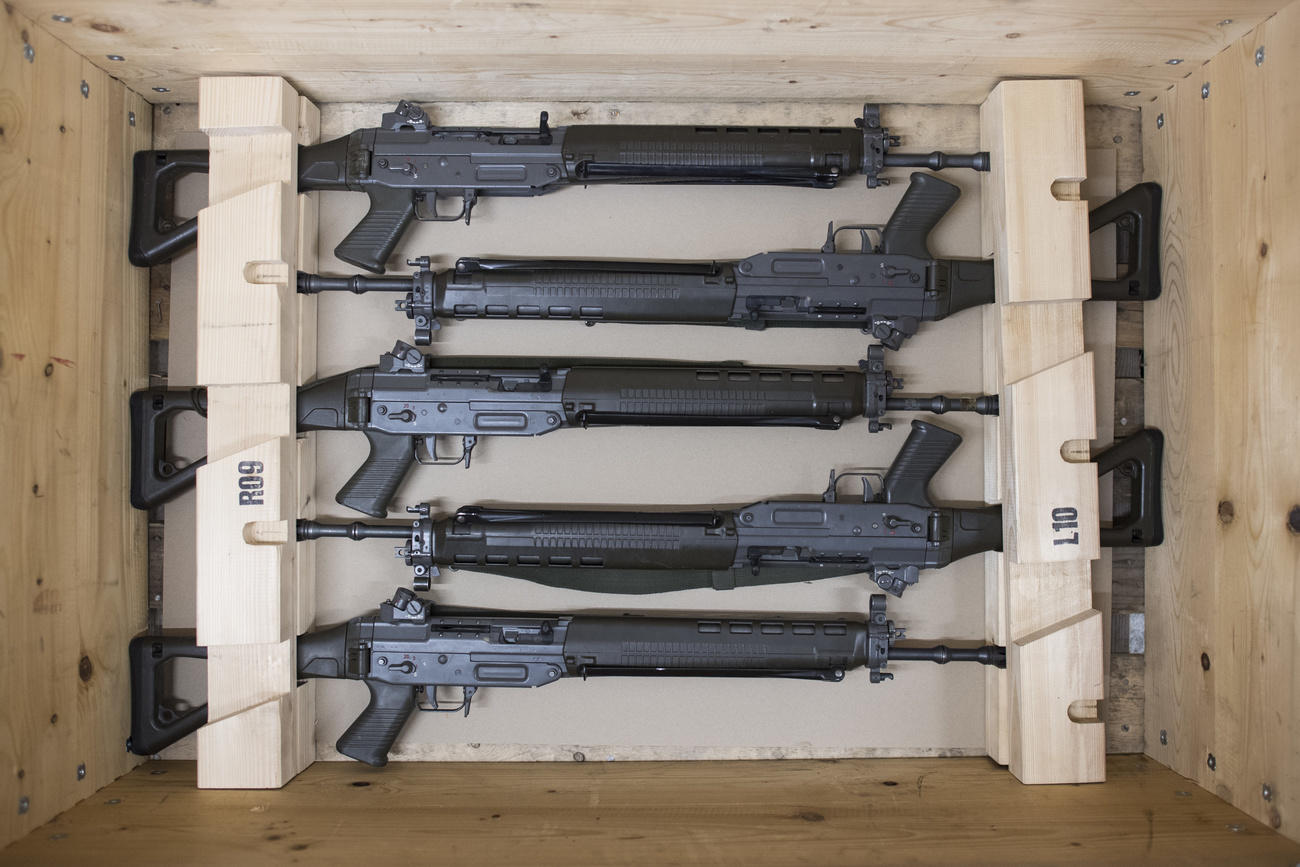
More
Voters to have final say on arms export ban
CORRECTIONS: The earlier version of this story stated the value of exports last year. The correct date is 2018. The governing Federal Council softened the rules on exports, based on a parliamentary motion. It wasn’t solely parliament’s decision. We have also deleted the reference to Canada as the transit country for tanks, and changed ‘law’ to ‘constitution’ in the last paragraph.

In compliance with the JTI standards
More: SWI swissinfo.ch certified by the Journalism Trust Initiative



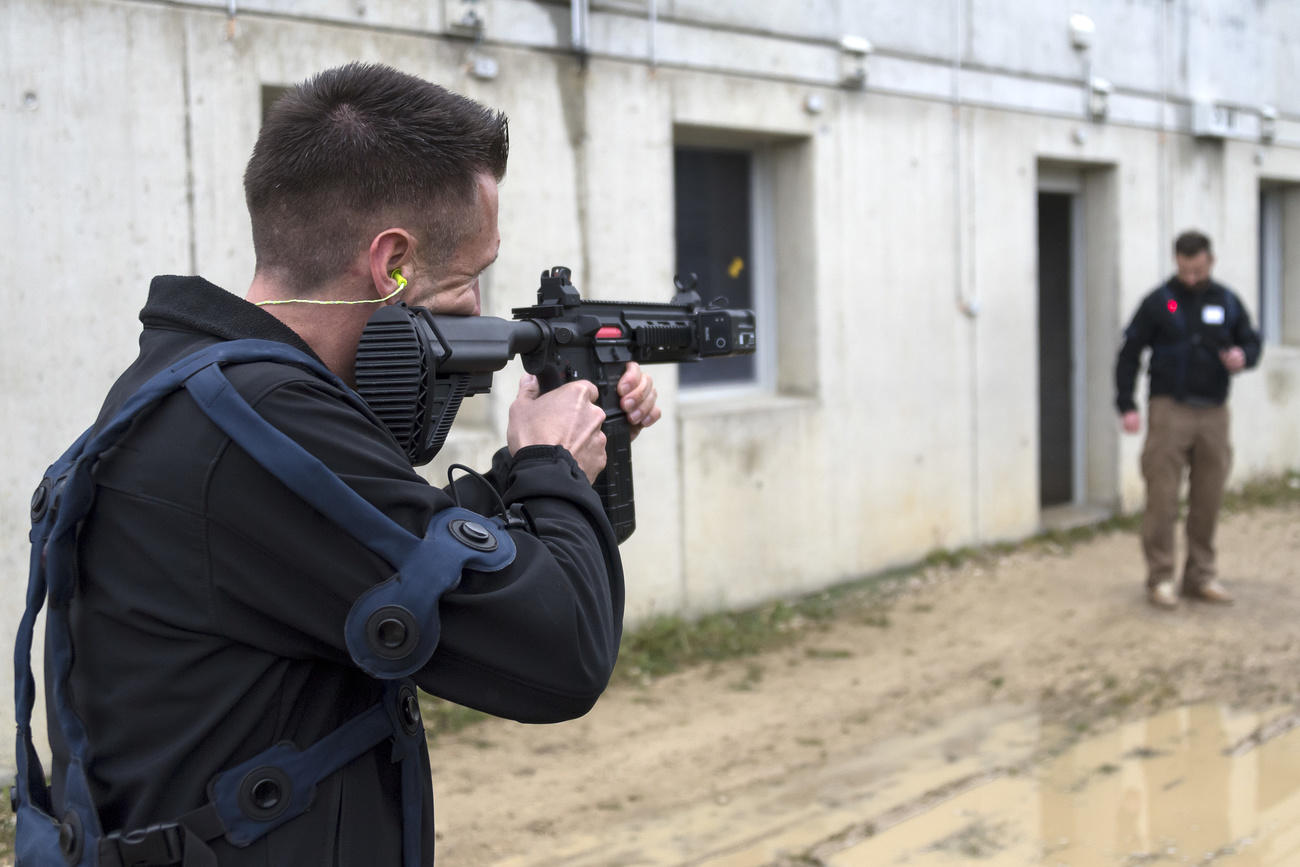
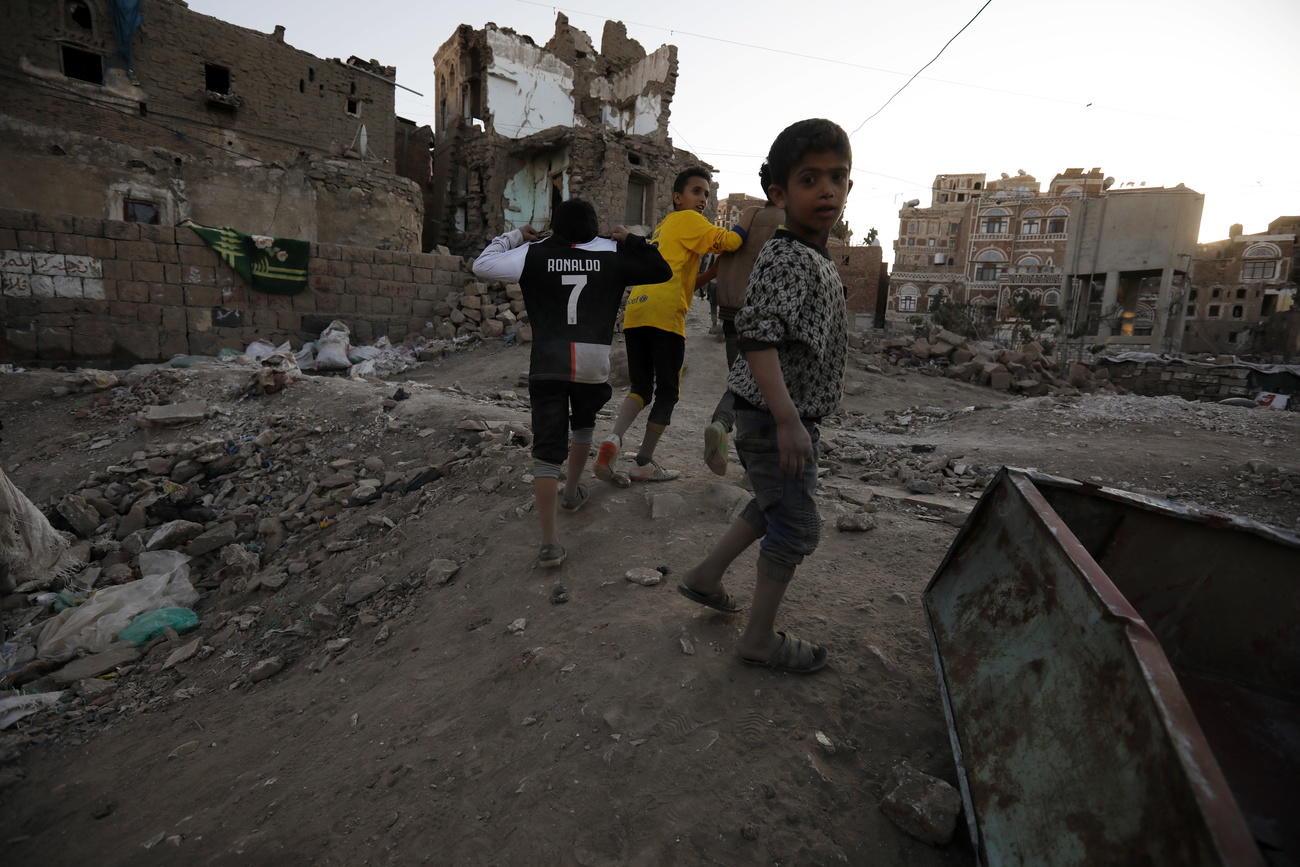
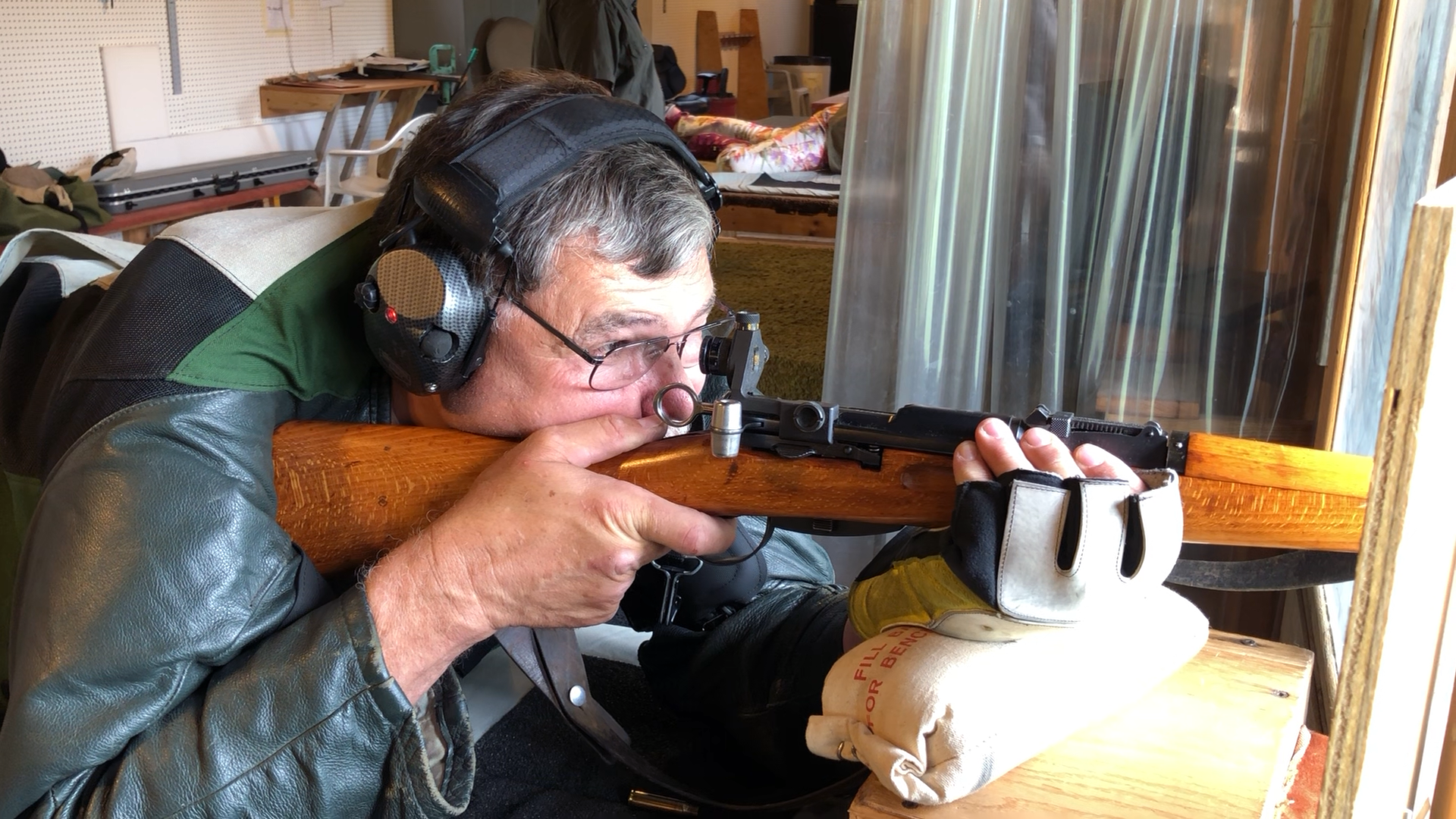
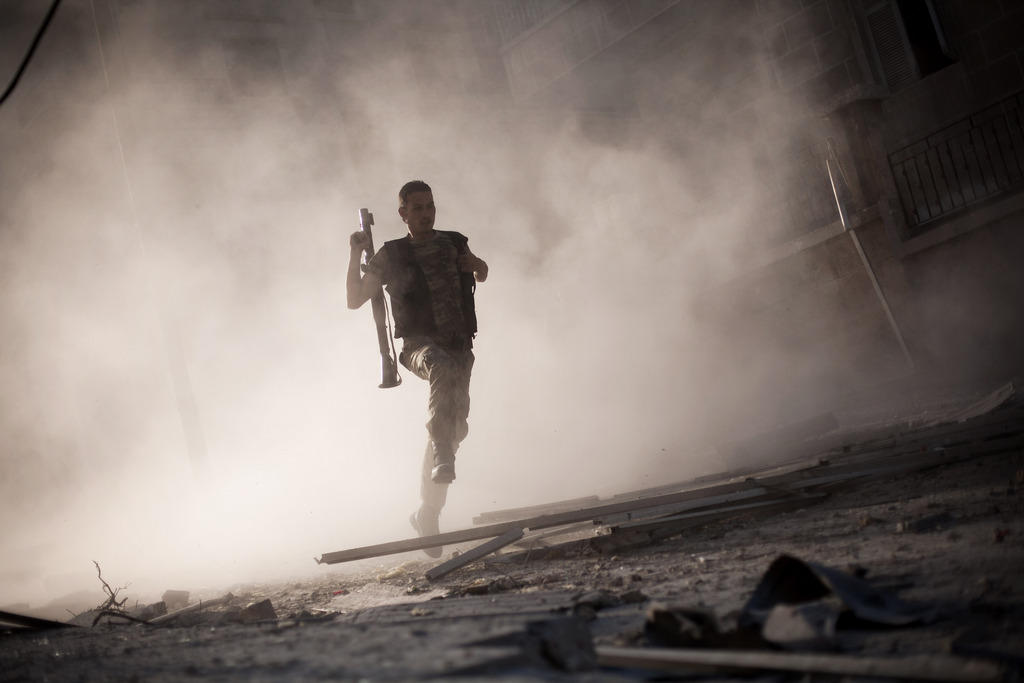
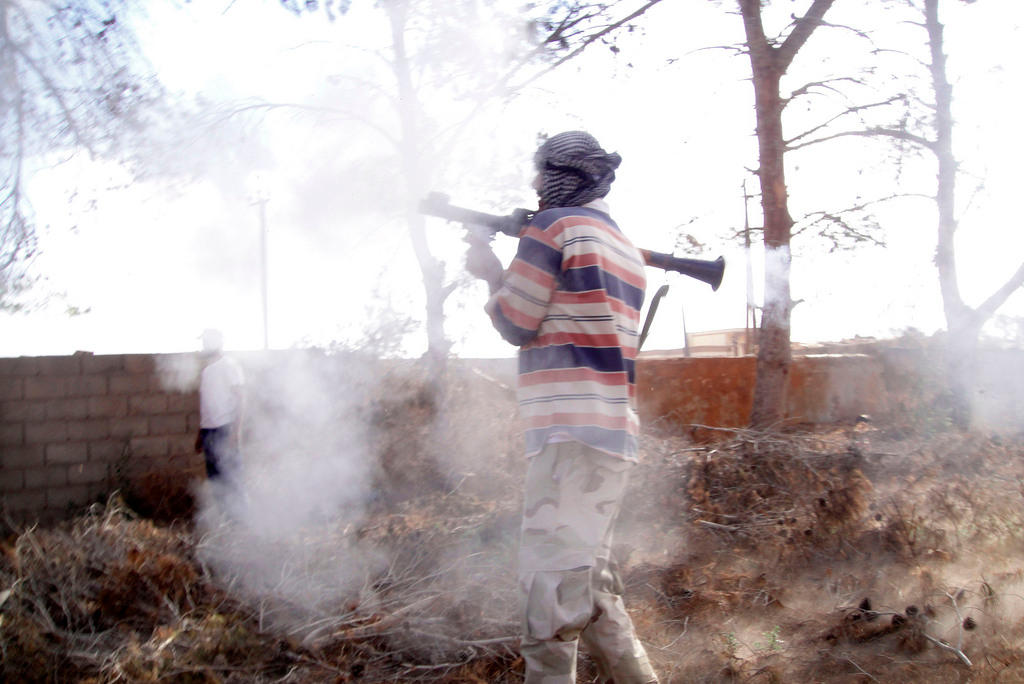
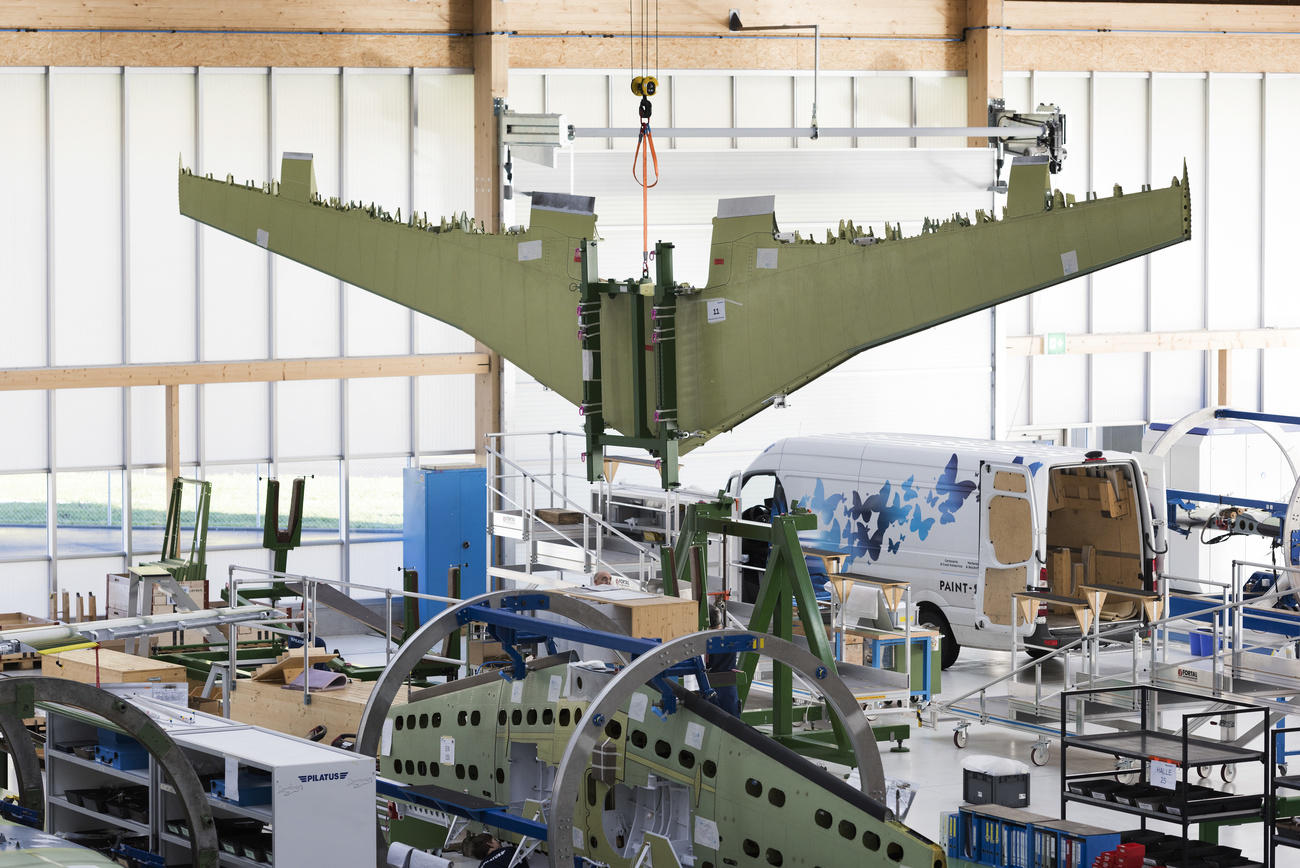

You can find an overview of ongoing debates with our journalists here. Please join us!
If you want to start a conversation about a topic raised in this article or want to report factual errors, email us at english@swissinfo.ch.